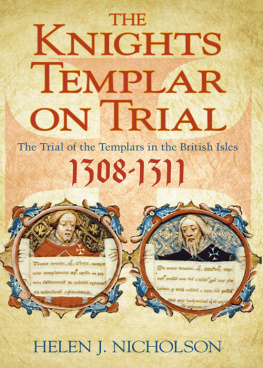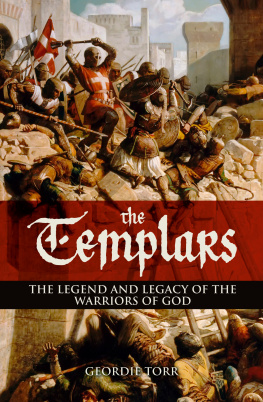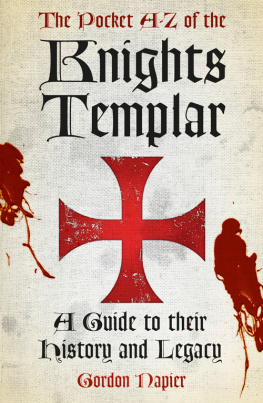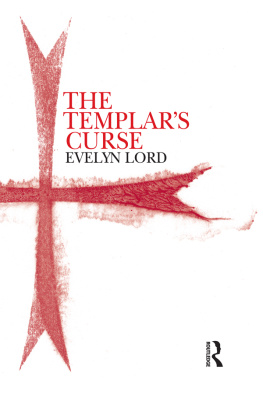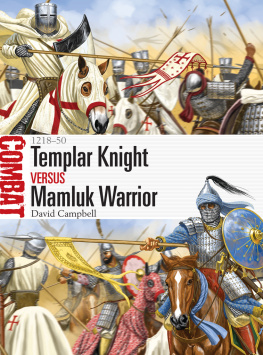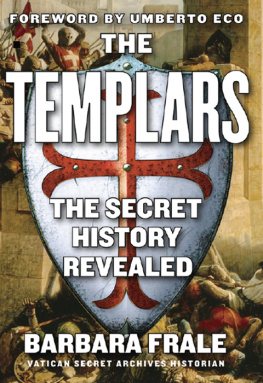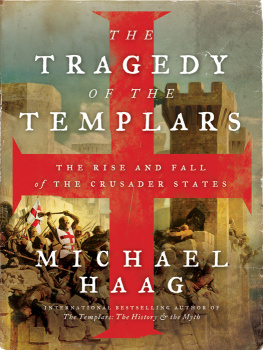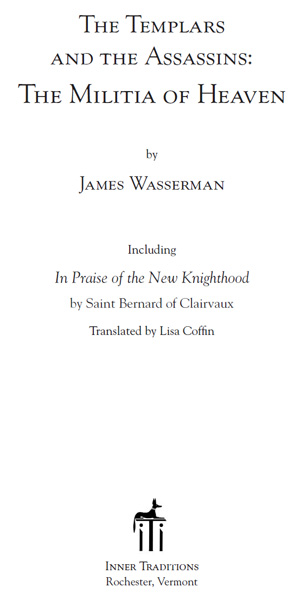
This book is dedicatedto my children,Satra Dorje and Rachel Tara,and to theImmortal Spirit of Liberty.
It is offered in loving memory of my mother and father.
ACKNOWLEDGMENTS
I wish to thank my wife, Nancy, who has cheerfully endured the countless hours and dollars spent in research and writing, and who has been of great help with the conception, editing, and production of this book. I am especially indebted to my dear friend Dr. Christopher S. Hyatt, who originally suggested I write it. Chris Bamford, Cathy Finne, and Robert Brazil engaged me in stimulating conversation. Bil Padgett, Khem Caigan, Robert Brazil, and Henry Suzuki helped in the acquisition of research material. Genevieve Mikolajczak provided essential help as usual. J. P. Lund made a series of important editorial suggestions. Sean Konecky offered erudite criticism that improved this work. I thank Paul Shoenfeld, a true practitioner of the writers craft, who contributed to the creative process through our regular conversations. The quality of Laura Senies language skills was exceeded only by the fortuitous timing of her arrival. Kristin Overson wielded her editorial scalpel with precision. The example of scholarly integrity embodied by David Vagi in his research on ancient Rome was an inspiration to me, as was his good-natured acceptance of the rigors of scholarly research. Dr. Gerald Epstein generously shared his insights into Western monotheism. Dr. Michael Aquinos expressions of confidence in me were greatly appreciated, as was his critical acumen in reviewing the manuscript. My friend Martin Starr offered quiet encouragement throughout. Thanks to Richard Gernon and William Breeze for their help with the original outline of this work which appeared in The Equinox 3, no. 10, in 1986. Stella Grey, Bill Koegl, James Strain, Michael McCarthy, Tony Carlsen, and Amir Modak all offered assistance. I am grateful to Peter Lamborn Wilson for reviewing my understanding of the complexities of Islamic doctrine. Herb Golub helped me sprint past the last hurdles. The importance of the contribution made by Emma Gonzalez cannot be overstated and is most visible in the maps. Lisa Coffin generously allowed the use of her translation of Saint Bernards letter, without which the passions that led to the growth of the Templars would have remained less visible. The enthusiasm expressed by Jon Graham of Inner Traditions International touched me deeply. Rowan Jacobsens editorial skills and sensitivity helped accomplish that mysterious alchemical transmutation by which a manuscript becomes a book. Finally, my thanks to Ehud Sperling, founder and publisher of Inner Traditions, for his friendship and support these many years.
PREFACE
A thousand years ago the eerie stillness of what is now the Israeli desert was shattered by the thunderous cacophony of armored horses hooves racing to battle. The clash of swords and lances striking armor and shield resounded through the field. Battle cries mixed with the screams of the wounded, the blasts of trumpets, the shouted commands in many foreign tongues. Muslim battled Christian for possession of a strip of land upon which both their religions were founded. Some thousands of miles away in a mountain fastness south of the Caspian Sea in modern Iran, a Persian adept sat wrapped in a rigid posture of meditation while his minds eye gazed upon another deadly scene. One of his most trusted disciples, disguised as a Sufi mystic, had just approached the litter of the powerful Seljuk vizier. His dagger plunged into the viziers heart seconds before he too was struck down by the guards. Hasan-i-Sabah, the legendary Old Man of the Mountain, must have experienced a moment of relief, since the death of his sworn enemy would lessen the Turkish threat to his headquarters at Alamut. Fate would again smile kindly on the besieged Assassin community as the Seljuk sultan himself passed away within weeks of his slain vizier.
The richness of the historical truths about the Order of Assassins and the Knights Templar intertwines inexorably with the myths that have stimulated the imagination of so many minds through the centuries. Both the Assassins and Templars were destroyed as heretics some seven hundred years ago. While the Assassins (more properly known as Nizari Ismailis) survive to this day under the leadership of the Aga Khan, the primary period of their history under discussion here was obliterated by their Mongolian and Mameluke conquerors in 1256 and 1273, respectively. They were slandered by Sunni heresiologists who considered them religious criminals and by medieval Christian historians who considered them pagan idolaters. The Templars similarly have no surviving documentary corpus, despite the probability that as a medieval religious order they kept scrupulous records of their doings. The Templars were also written in dark ink by historians of the power structure that had tortured and murdered them and destroyed their Order. Since history is characteristically written by the victors, we make haste at the outset to state that our study is of the vanquished.
This book begins with an introduction to secret societies in which the mystical secret society is examined and distinguished from both the political conspiracy and the religious hierarchy. The balance of the book is divided into four parts.
Part 1 attempts a broad overview of the historical conditions in Europe and the Near East from the birth of Christ through the Crusades. Focusing primarily on the West, this overview will help identify the major religious, political, economic, and cultural developments that led to the European invasion of the Holy Land. While some readers may find it overly detailed and seemingly out of place, it will set the stage for some of the complex interactions in the events that follow. Those with a firm grasp of European history may prefer to proceed directly to part 2.
Part 2 is an investigation of the Order of Assassins. After presenting some of the legendary tales that survive to this day, I undertake a detailed look at Islam from the birth of the Prophet through the birth of the Nizari Ismaili sect. The particular 166-year period of political success in Persia known as the Alamut Imamate is discussed in detail, as is the Syrian Assassin community with whom the Crusaders interacted. Brief highlights of the subsequent history of Nizari survivors through modern times follow.
Part 3 is a history of the Knights Templar that begins with a close look at the origins of the Order and the Rule initially drafted by Saint Bernard of Clairvaux. The subsequent history of the Order is divided into chapters that correspond to the Crusades in which the Templars fought during the two hundred years since their founding. The destruction of the Order is closely investigated, as is the eternal question of the Orders guilt or innocence.
Part 4 is an afterword that briefly surveys the development of the Western esoteric tradition from its roots in prehistory through the eclipse of the pagan Mysteries under the Christian religious hegemony during the six centuries known as the Dark Ages. We then observe the reintroduction of occultism to Europe immediately following the Crusades, a development that continues to the present day. Particular attention is paid to the critical points of convergence between East and West, especially those that may be traceable to the interaction between the Assassins and Templars.
Appendix 1 presents a modern analysis of the purported Nine Degrees of Wisdom of the Ismaili initiation as the system has been variously posited since at least the tenth century. Appendix 2 offers a new translation of Saint Bernards critical letter,
Next page


